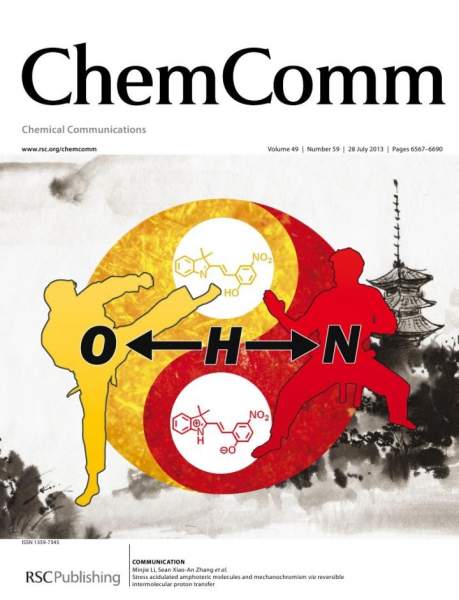In recent years, air pollution is becoming more and more serious, haze, photochemical smog, ozone and other issues have attracted widespread attention at home and abroad. The fourteenth five year plan puts forward that the coordinated treatment of PM2.5 and ozone (O3) is one of the key objectives of air pollution control, and the key is the coordinated emission reduction of nitrogen oxides (NOx) and volatile organic compounds (VOC), especially VOC will become the main contradiction and short board of treatment. Chlorinated volatile organic compounds (CVOCs) are important precursors of PM2.5 and O3. Due to their high toxicity, high stability and difficulty in degradation, CVOCs become the top priority in the field of VOC treatment.
Catalytic oxidation is one of the widely used methods to reduce the emission of CVOC. However, in practical application, the combustion of CVOC is not complete, and it is easy to produce secondary pollutants such as chlorinated by-products and dioxins, which are harmful to the environment and human health. Therefore, it is of great significance to design catalysts with high selectivity, high activity and high stability for low-temperature catalytic combustion of CVOC.
Recently, the "Atmospheric Environment and Bioenergy Team" of School of environment, Tianjin University (http://catalysis.tju.edu.cn/) prepared the Pt-Co/HZSM-5 ternary catalyst for dichloromethane (DCM) catalytic oxidation. The catalytic oxidation behavior and mechanism of DCM were studied. The results show that Co3O4 can effectively anchor Pt atoms and realize the monatomic dispersion of Pt; In addition, the single atom Pt increases the oxygen vacancies on the surface of Co3O4, which enhances its redox performance. In the process of DCM catalytic oxidation, DCM was adsorbed and dissociated on the acidic sites of HZSM-5 surface, and then completely oxidized under the synergistic effect of Pt and Co. This work has realized the DCM at relatively low temperature (249 °C). The results show that the by-products are greatly reduced and the catalyst is stable for a long time, which provides a research basis for revealing the influencing factors of the activity of the three-way catalyst and designing efficient catalyst.
 The related research results of “Catalytic oxidation of chloromethane over Pt-Co/HZSM-5 Catalyst: synergistic effect of single atom Pt, Co3O4, and HZSM-5” have been published in the international high-level journal Applied catalyst B: Environmental (IF: 16.683).
The related research results of “Catalytic oxidation of chloromethane over Pt-Co/HZSM-5 Catalyst: synergistic effect of single atom Pt, Co3O4, and HZSM-5” have been published in the international high-level journal Applied catalyst B: Environmental (IF: 16.683).
Relevant achievements are reported on the official website of the Institute of science and technology development, Tianjin University(http://kj.tju.edu.cn/info/1057/2671.htm)






